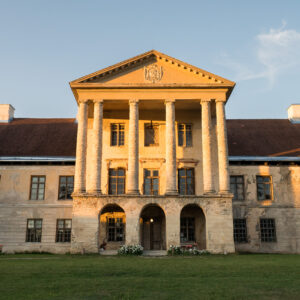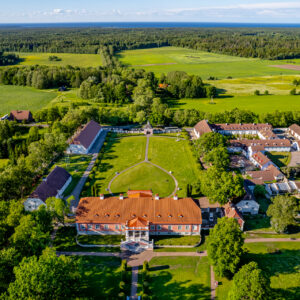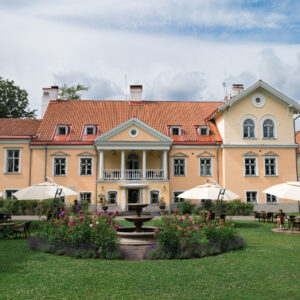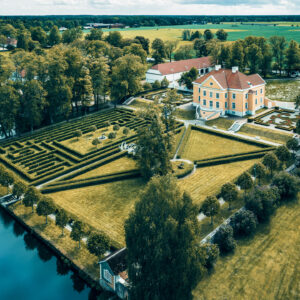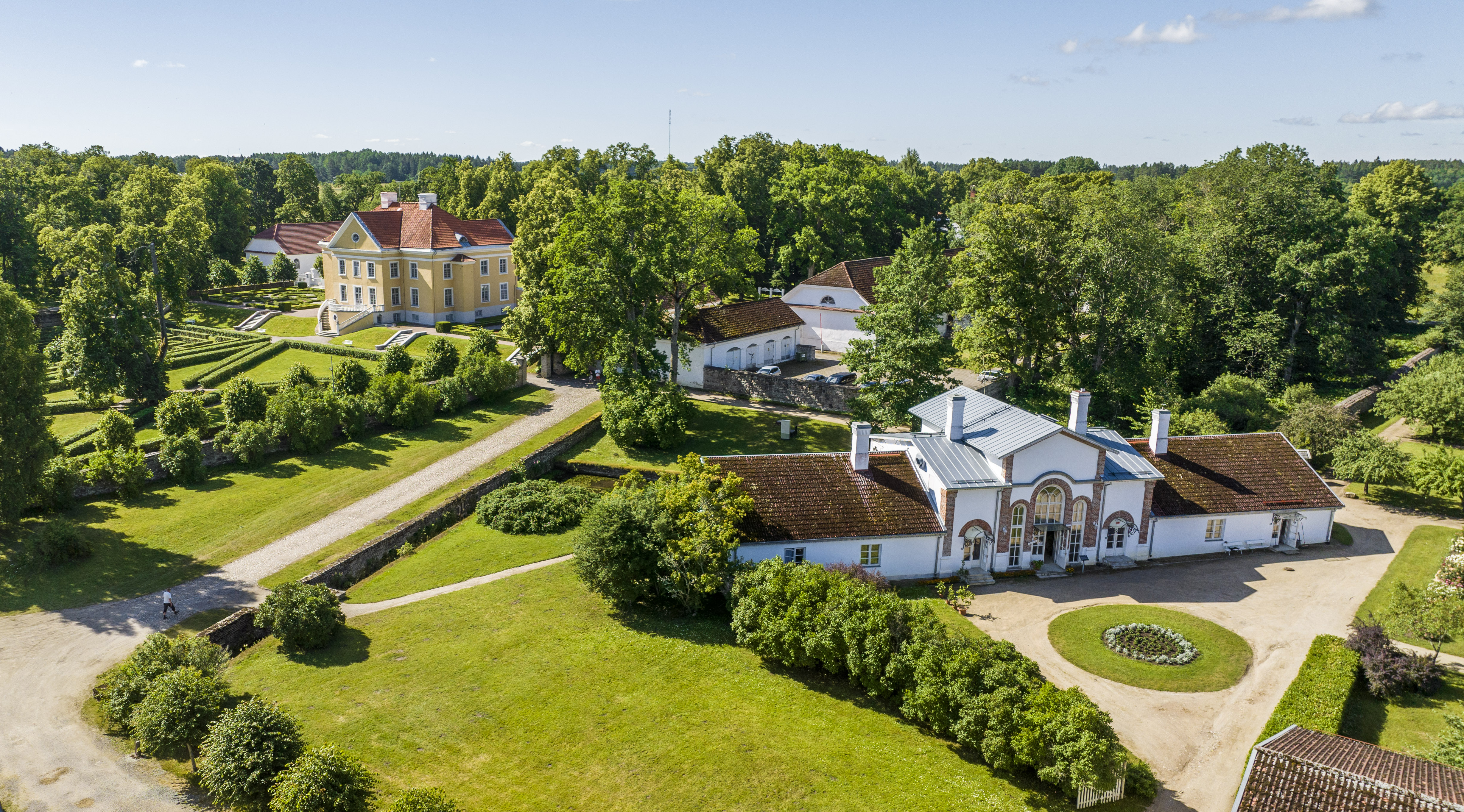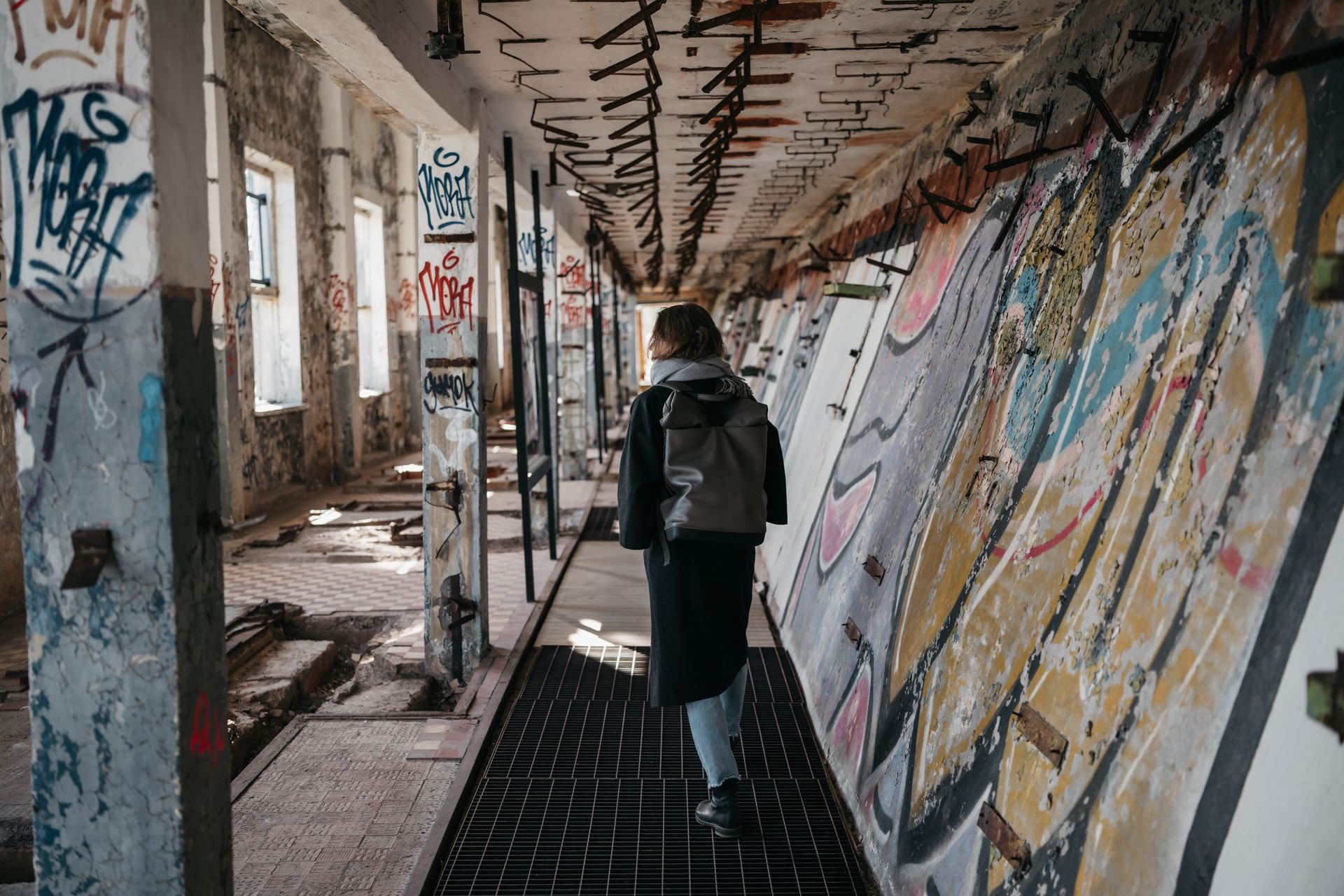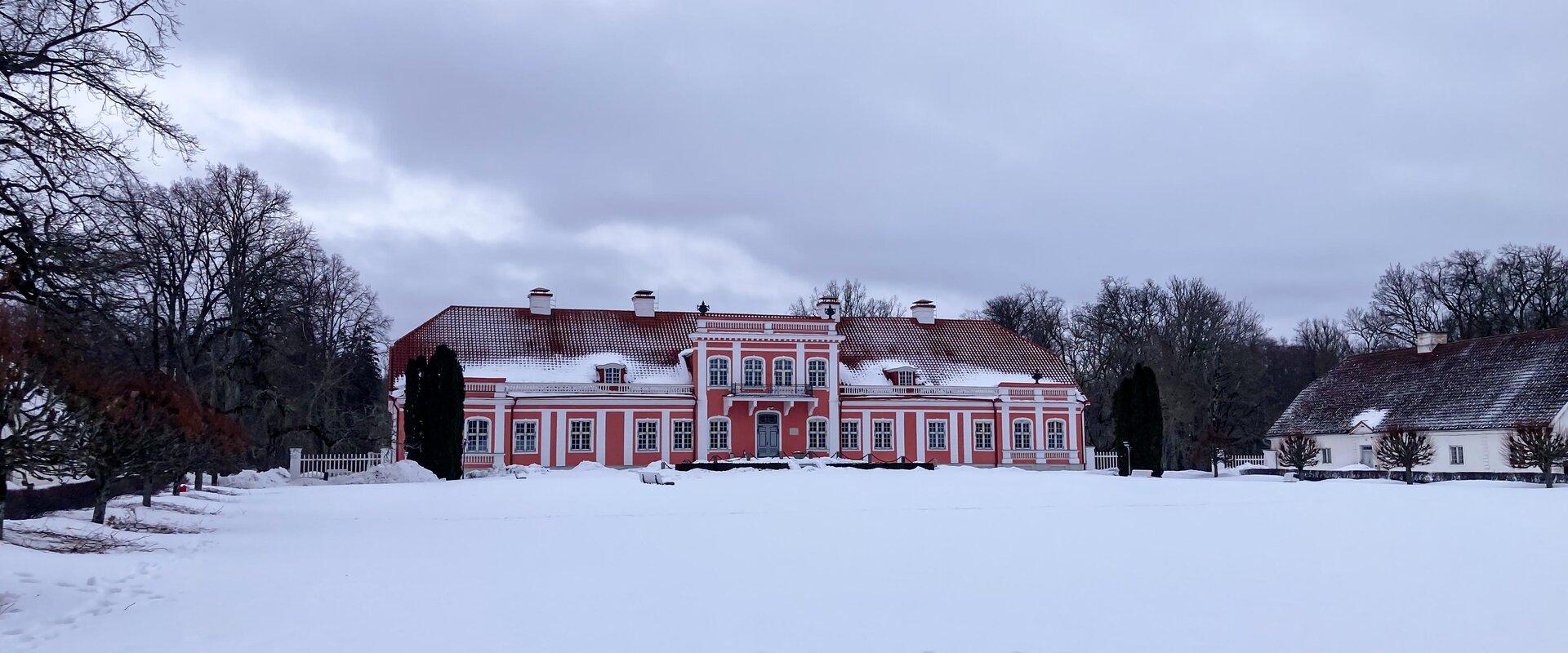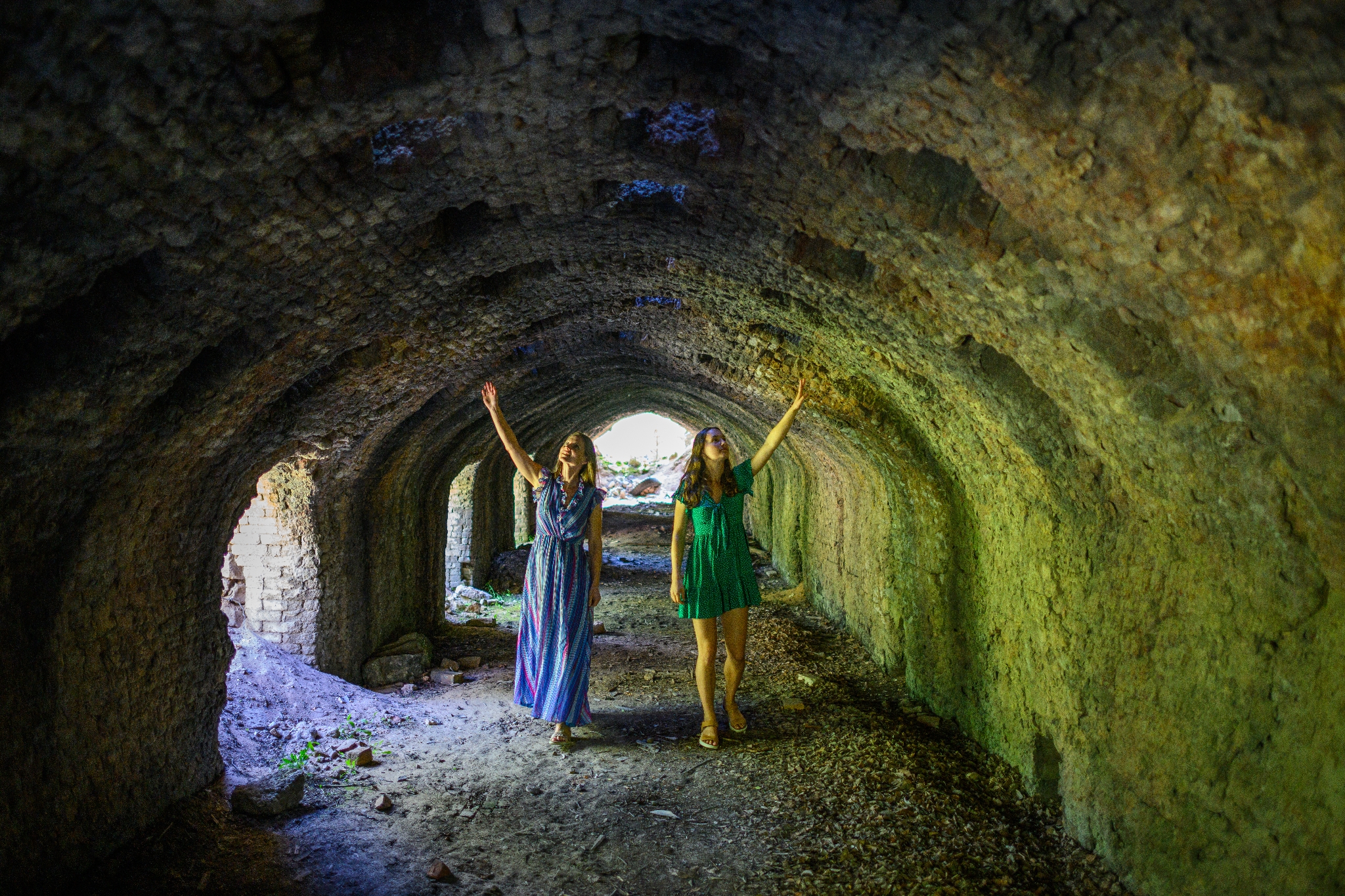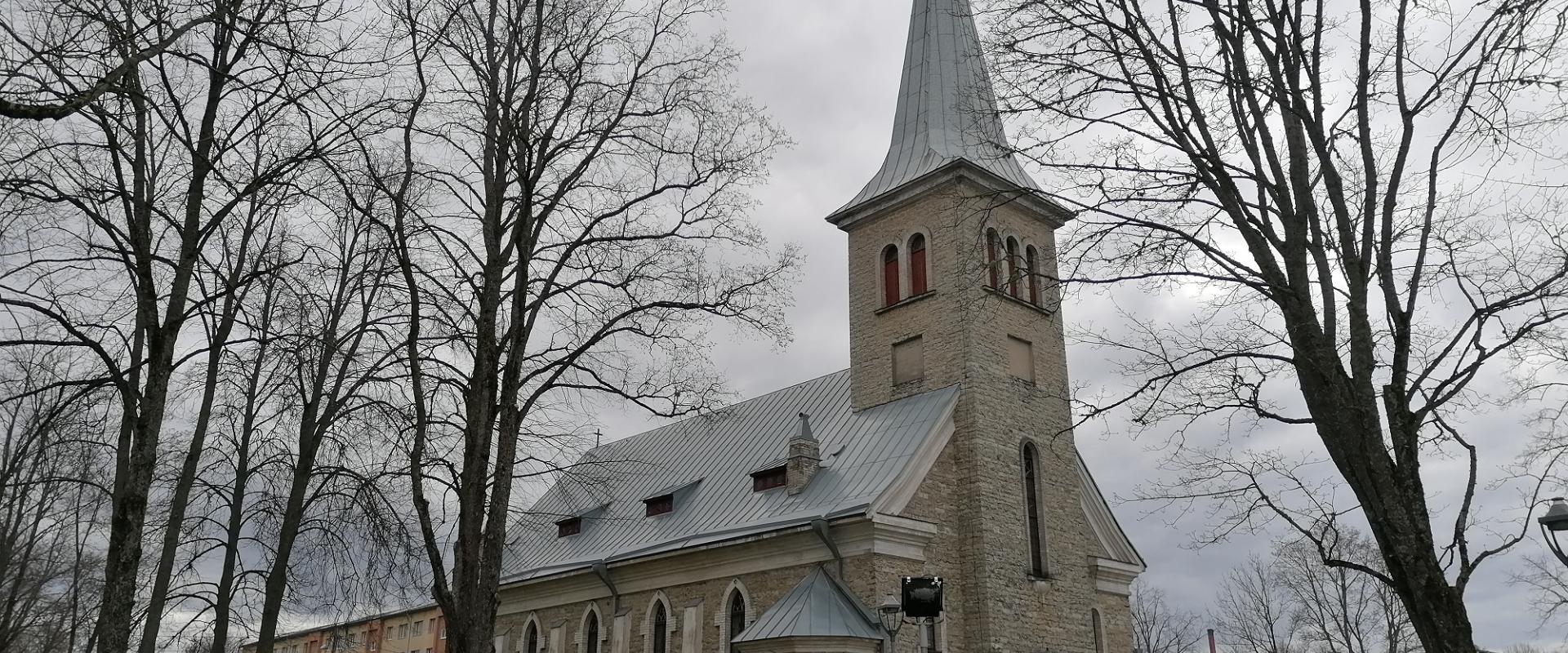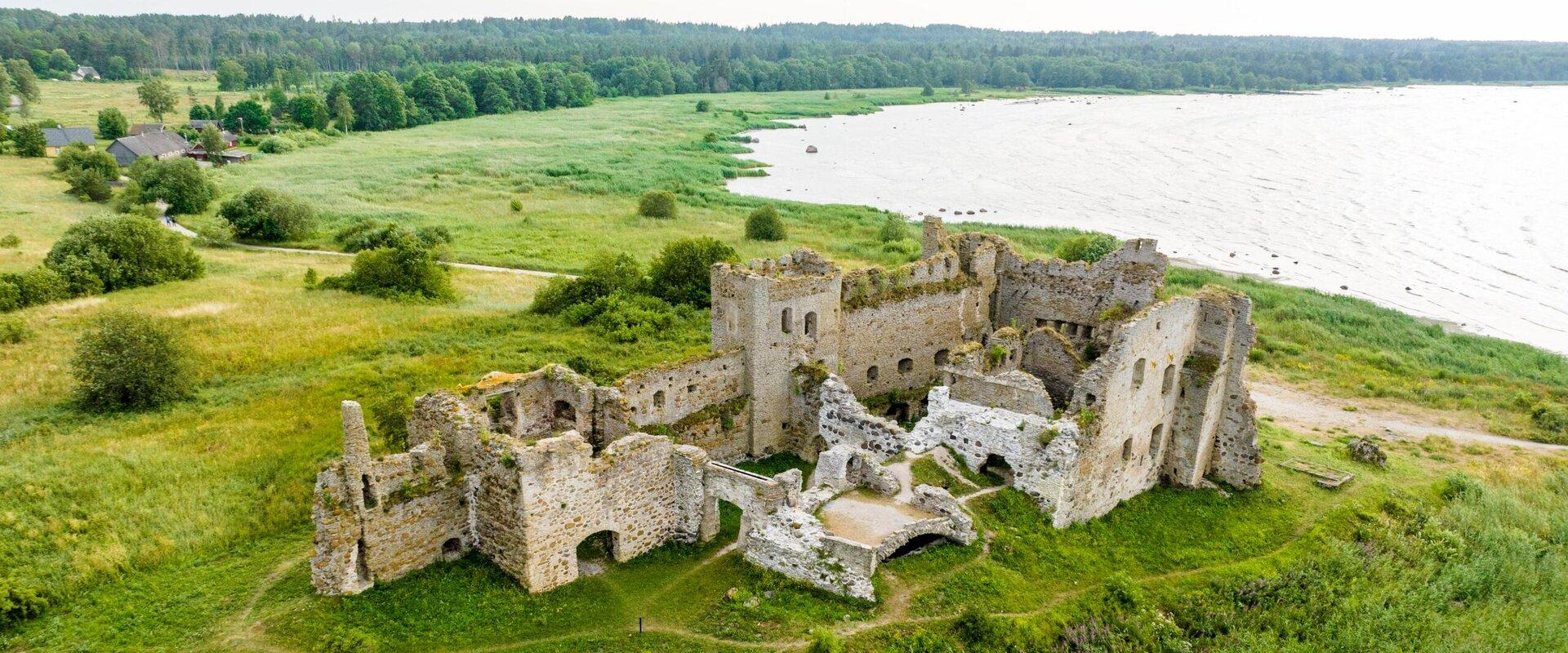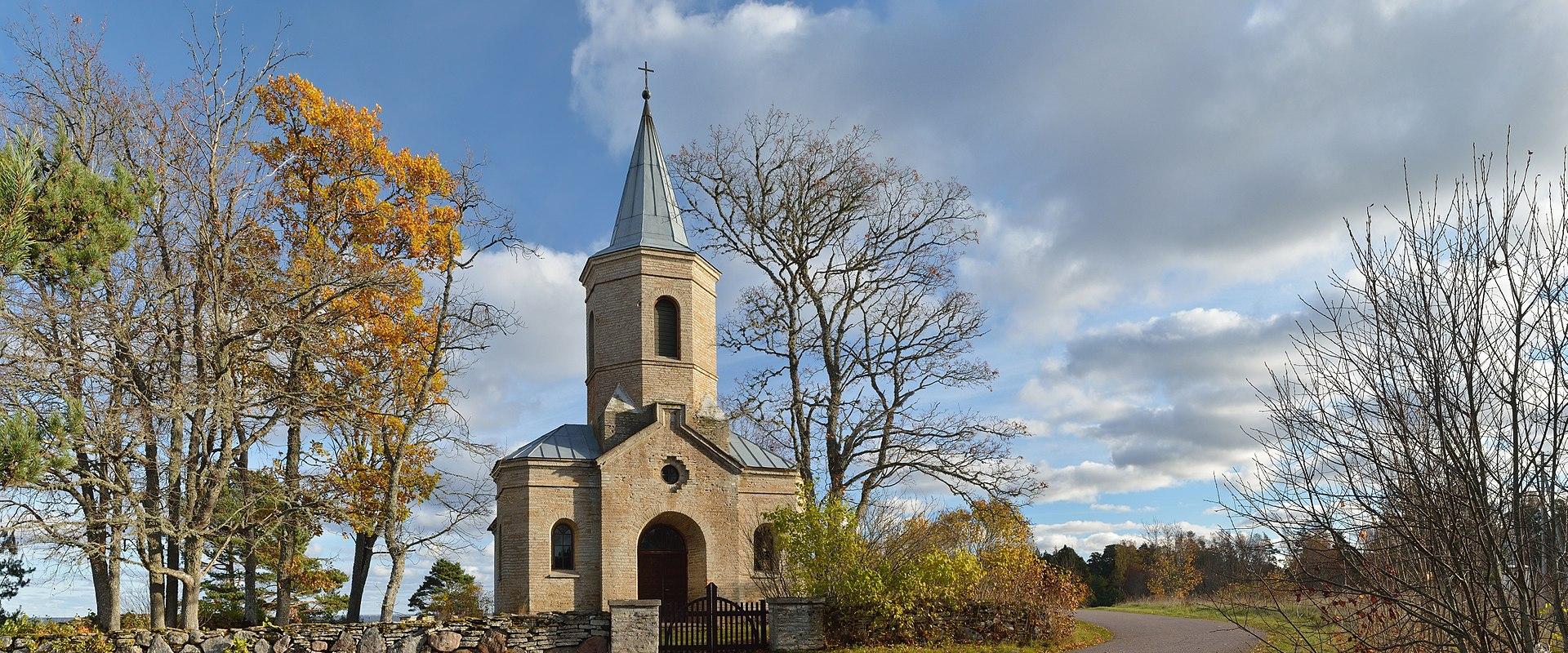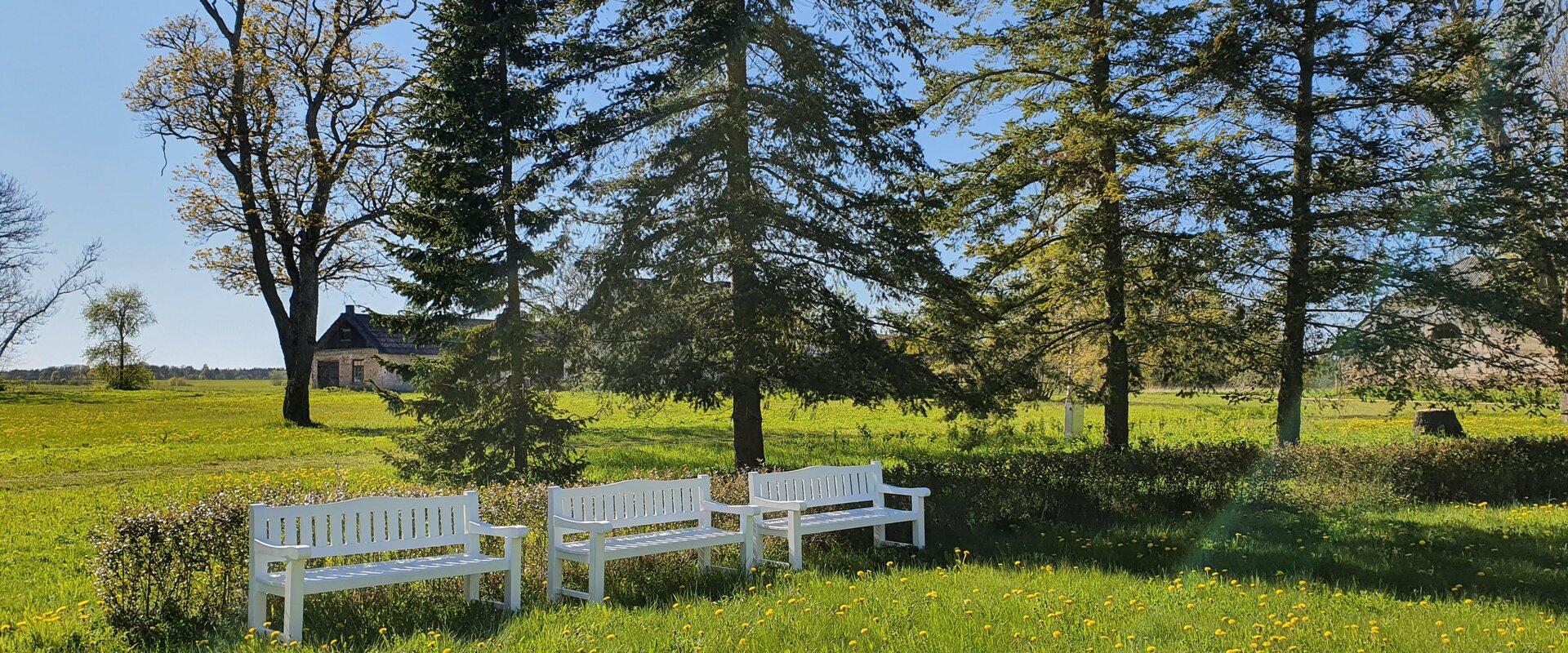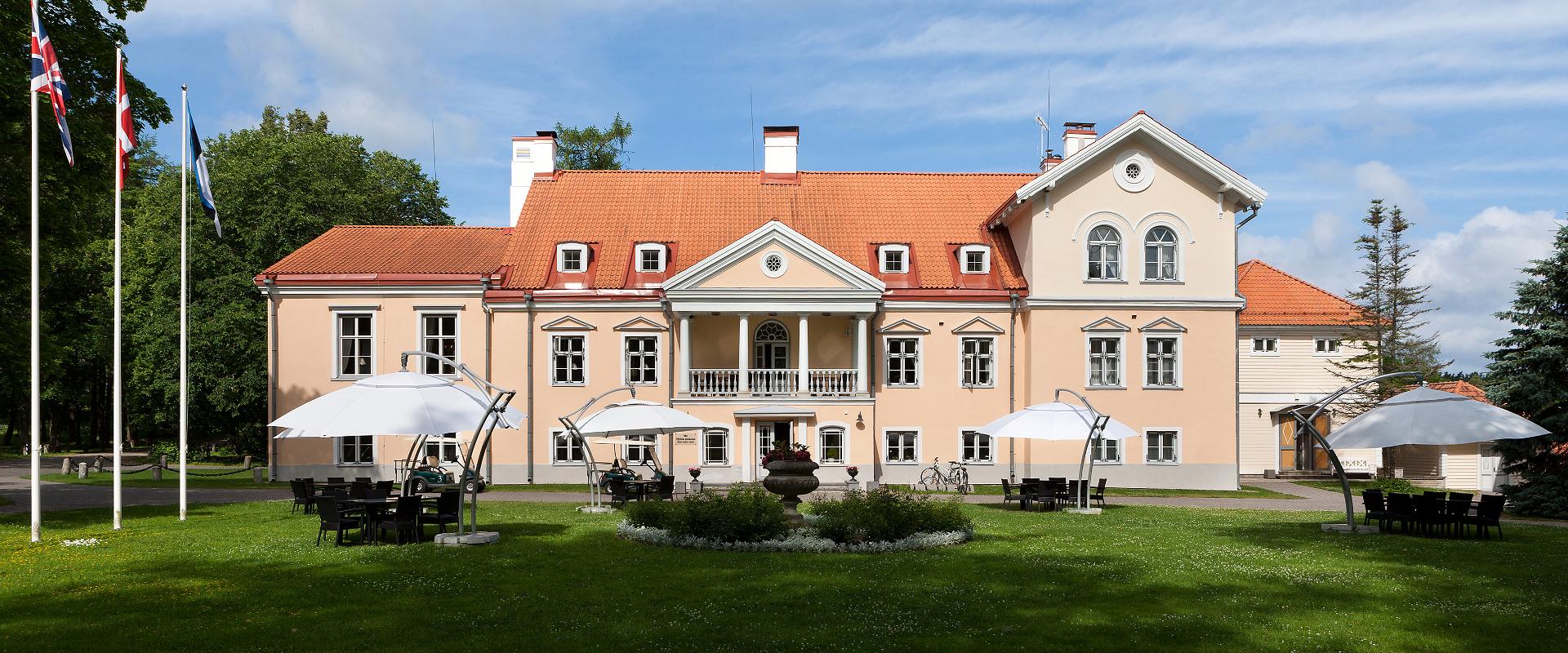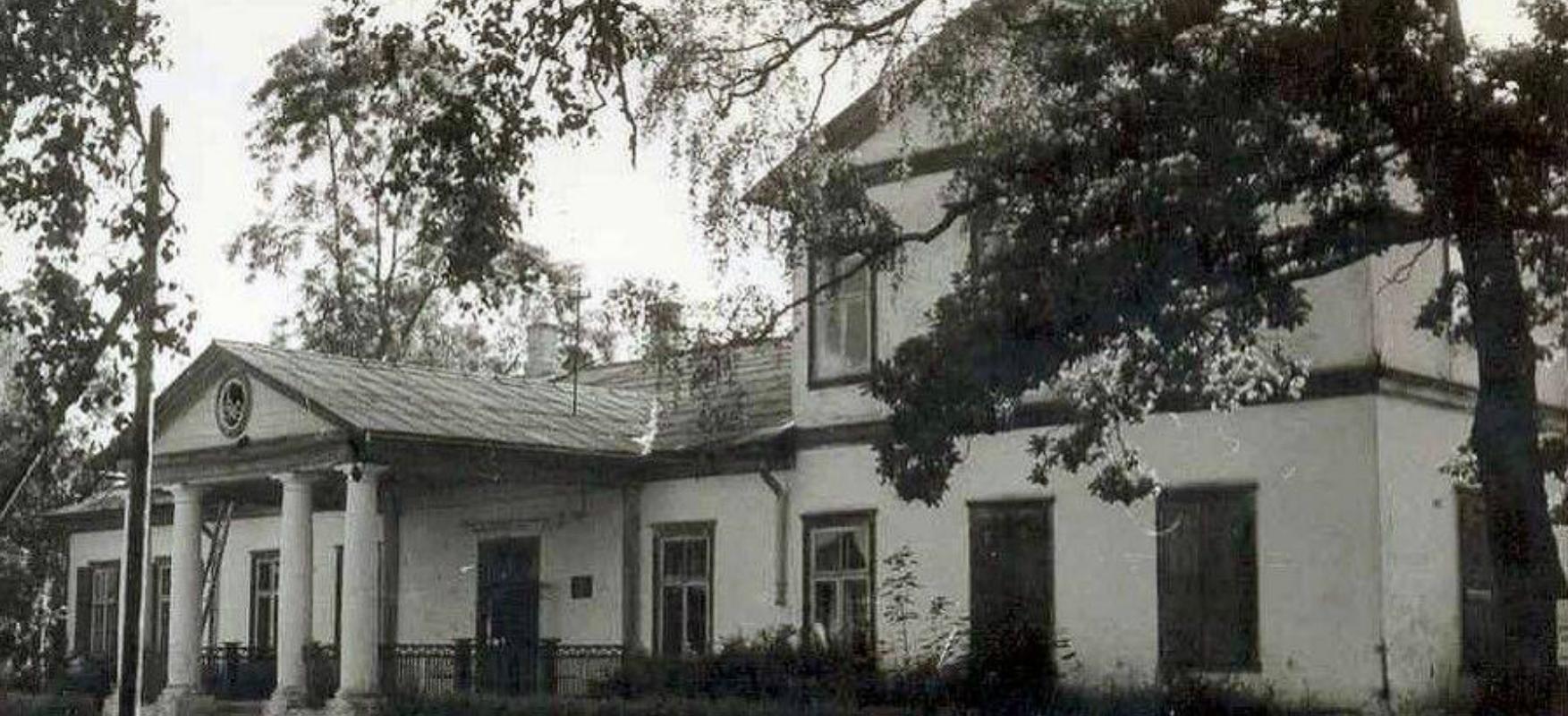You can find the most outstanding works of Lahemaa’s architectural history in Kolga, Palmse, Sagadi, and Vihula. Estonia’s largest manor, Kolga Manor, which belonged to the Stenbock family, is still awaiting the skilled hand of a restorer to restore its former glory. However, in Palmse, Sagadi, and Vihula, the manors are available for viewing in their full splendor. There you will find the opportunity to stroll through well-maintained gardens and parks, and also experience unique manor interiors.
Did you know…?
– You can take part in different events at the manor that are designed for children, history enthusiasts, adventurers, and romantics
– The manor is a popular venue for exhibitions, plays, and concerts and the perfect location for training events, conferences, weddings, and receptions
The tour is an active adventure in and around the Hara submarine base, which is suitable for adventurous people of all ages.
The tour guide takes you on an exciting tour back to the Soviet times, during which you will hear interesting stories about the life of soldiers. It will also become clear why the Hara submarine base was so secret and has now become mysterious. And most importantly – you will learn what demagnetization means. You can also visit the photo exhibition ‘Mysterious Harbour’.
After the tour, you can enjoy a meal at the harbour restaurant or the Naga Pizza café. Be sure to check out local souvenirs, and if you wish to stay longer, we also offer accommodation and experience saunas.
The tour takes place in the open air!
Tamsalu Lubjapargi moodustavad valdavalt varemetes tööstusrajatised, mahajäetud paemurrud, väljatöötatud alade puistangud ja looduslik mets nende vahel ning neid ühendavad looduse- ja pärandkultuuuri õpperajad.
Lubjapark on looduse- ja pärandkultuuri objekt, kus mahajäetud tööstusmaastikust on kujundatud vaatamisväärsus. Lubja põletamine lõpetati siin 1980. aastal.
Tutvuda saab mitut tüüpi lubjapõletusahjudega, sh hiiglaslike ringahjudega. Õpperada on varustatud infostendidega.
Täpsem info ja ekskursioonide tellimine Porkuni Paemuuseumist.
Toolse Order Castle is one of the more recent medieval castles on the northern coast of Estonia. It is also a castle located closest to the sea. The initial fortified manor house was probably erected by the order in the 14th century with the purpose of protecting the port, trade location and routes. During the Livonian War, the castle passed on through many hands and finally ended up in the possession of the Swedish troops. It was entirely destroyed in the Great Northern War at the beginning of the 18th century.
Today inside the ruins: · Excursions are offered to provide insight into history · An exciting adventure path was created · A pirate ship · Treasure quests and games of skill are organised on advance notice
Vainupea Chapel was consecrated in the summer of 1893. However, the first written mention of the wooden beach chapel dates back to 1741. The construction of the present chapel was organised by Eduard von Dellingshausen, who was the squire of Aaspere and Sauste manors. The chapel was empty for years after the Second World War until Lääne-Viru Road Administration and Valentin Transtok launched restoration works in 1988. The restored chapel was re-consecrated in 1989. Today, the chapel is a popular venue for concerts and weddings.
Did you know that: – Estonian painter Richard Sagrits, who was born in Karepa near Vainupea, is buried in the nearby cemetery.
Neorenessanslik härrastemaja valmis aastail 1856-1859.
Mõisahoonet ümbritseb looduskaitsealune dendropark, mida on viimasel kümnendil oluliselt uuendatud ja täiendatud ca 500 puu- ja põõsasistikuga. Traditsiooniliselt korraldatakse igal suvel pargis teatripiknikku.
2023.a. suvel võeti mõisas üles seriaal “Elu võimalikkusest maal”, mille radadel saame seigelda ja võttepaiku avastada.
The first written record of Vihula manor in Lahemaa National Park dates back to 1501. At the time it belonged to the Danish baron Hans von Lode. Later, the manor was damaged by a fire during the Great Northern War, after which it was purchased by the Wekebros who bequeathed it to their daughter’s family, the von Helffreichs. In 1810, it was purchased by Alexander von Schubert.
The manor you see today at Vihula was built during the era of the von Schuberts, between 1820 and 1880. It has since been fully restored and renovated, and now houses a fine restaurant and luxury spa hotel. It hosts concerts, conferences, weddings, and other events. Did you know that visitors are welcome to wander the grounds and admire the views of the manor at their leisure?
Võhmuta mõis (Wechmuth Manor) rajati 17. sajandi teisel poolel, mil ta oli Eesti üks stiilsemaid klassitsistlikke väikemõisaid. Tõnäoliselt 18. sajandi teisest poolest pärinev puidust ühekorruseline barokne peahoone ehitati 19. sajandi alguses ümber lameda plekk-katusega klassitsistlikuks hooneks.
Peahoone vastu teisele poole auhoovi rajati klassitsistlik väravahoone – võiduvärav, mis on Eestis ainus omataoline. Väravat peetakse 1812. aasta Vene-Prantsuse sõja mälestusmärgiks.
Mõis on eraomanduses ja korrastamisel.



